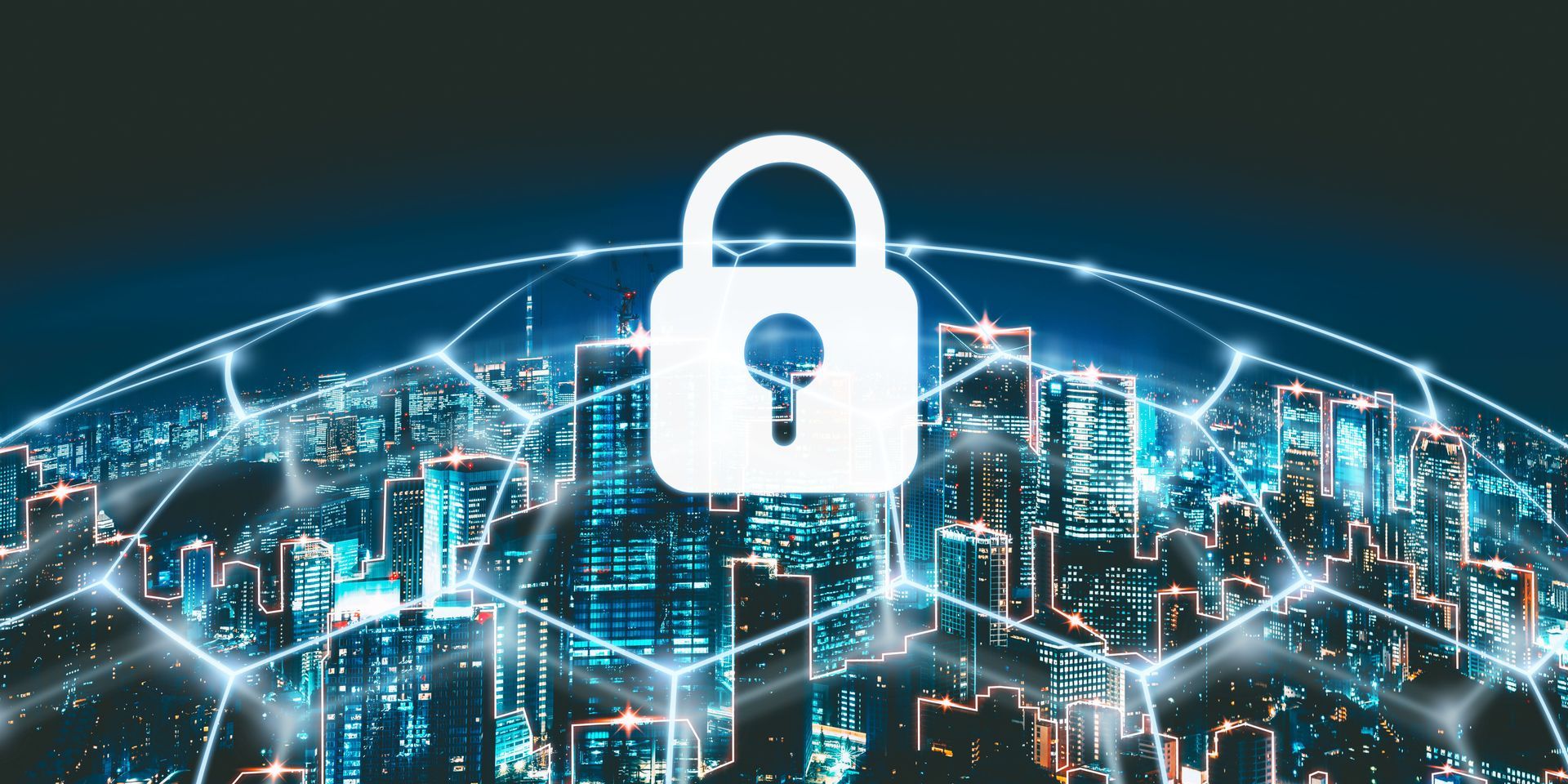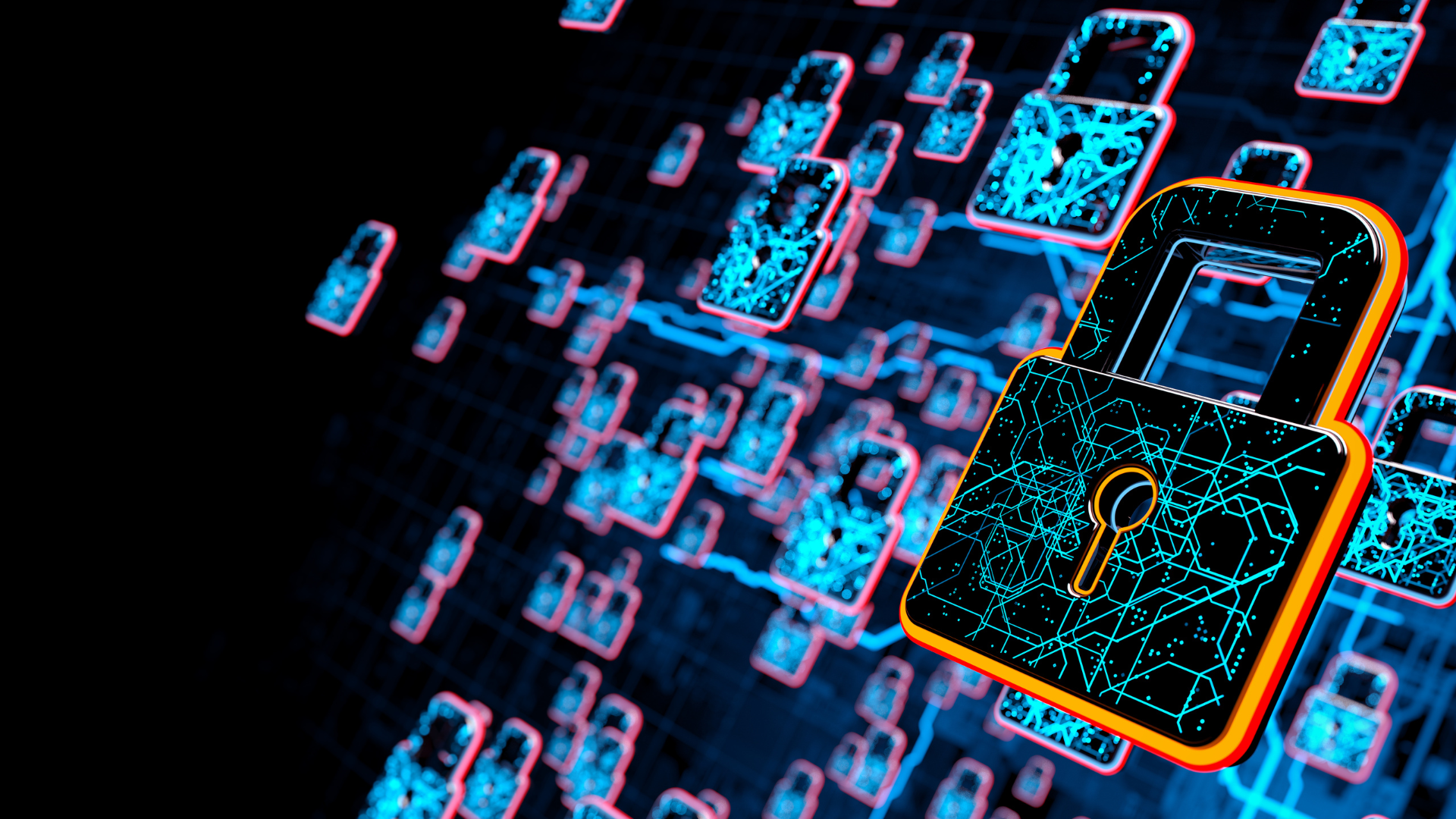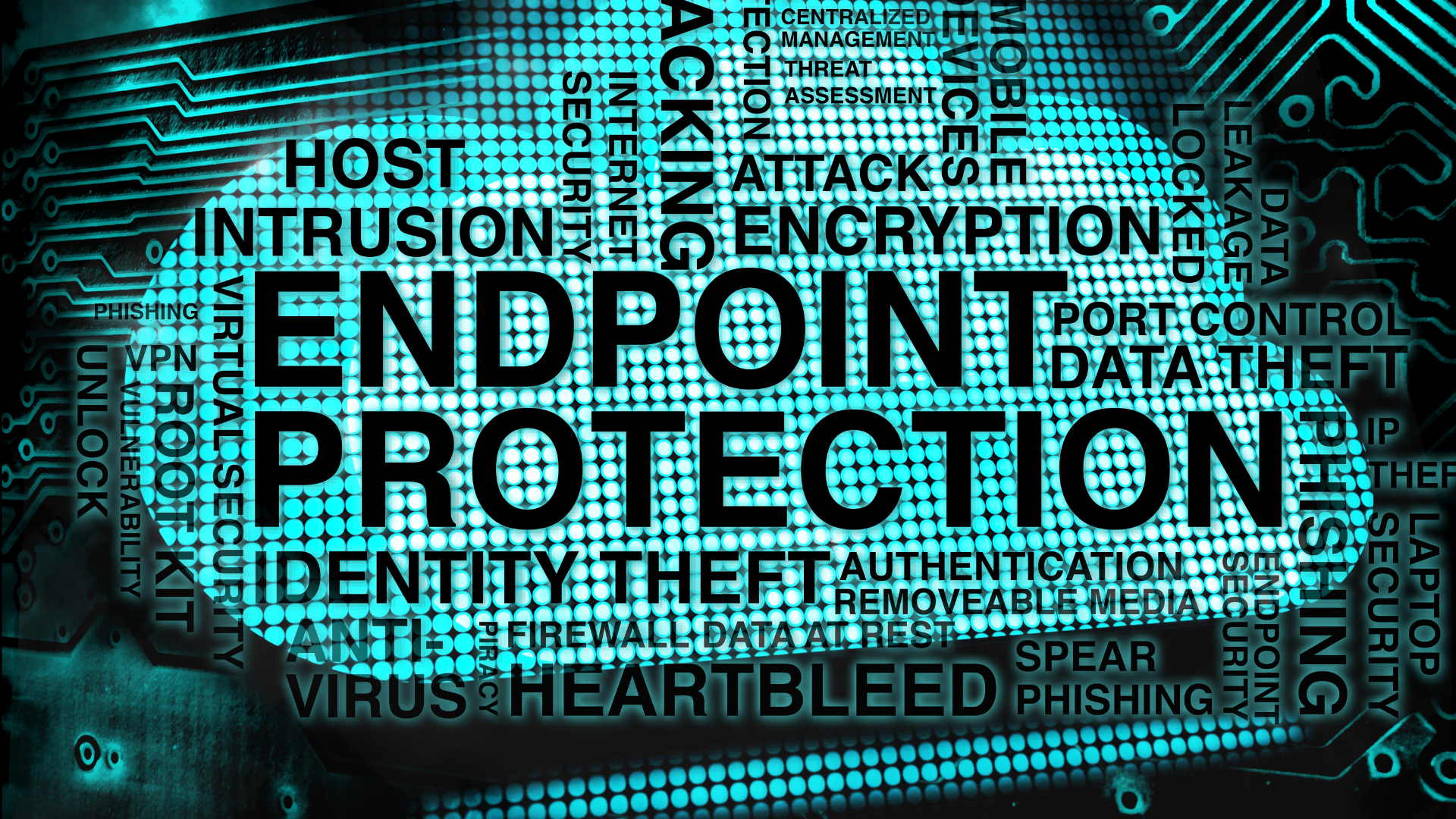How Multi-Factor Authentication (MFA) Prevents 99% of Cyber Attacks
A Simple, Yet Powerful Tool to Safeguard Your Digital World
In today’s digital landscape, cyber threats are more sophisticated than ever. Hackers continuously find new ways to exploit security weaknesses, making it crucial for businesses and individuals to strengthen their defenses. One of the most effective ways to do this is by implementing Multi-Factor Authentication (MFA)—a simple yet powerful security measure that can block up to 99% of cyber attacks.
What is Multi-Factor Authentication (MFA)?
MFA is a security process that requires users to provide two or more verification factors before granting access to an account or system. Instead of relying solely on a password (which can be easily compromised), MFA adds extra layers of security through:
- Something You Know – A password or PIN
- Something You Have – A mobile device, security key, or smart card
- Something You Are – Biometric data, such as a fingerprint or facial recognition
By requiring multiple forms of authentication, MFA significantly reduces the chances of unauthorized access, even if a hacker obtains a user’s password.
How MFA Protects Against Cyber Attacks
1. Defends Against Phishing Attacks
Phishing remains one of the most common cyber threats, where attackers trick users into revealing their login credentials. With MFA in place, even if an attacker manages to steal a password, they still cannot access the account without the second factor, such as a time-sensitive authentication code.
2. Prevents Credential Stuffing Attacks
Cybercriminals often use stolen username-password combinations from previous data breaches to access other accounts in a method known as
credential stuffing. MFA renders this attack useless since additional authentication is required beyond just a password.
3. Adds Protection Against Keyloggers
Keyloggers are malicious software programs that secretly record keystrokes, including passwords. Even if a hacker captures a password through a keylogger, MFA ensures they cannot access the account without the additional authentication factor.
4. Secures Remote Access and Cloud-Based Applications
With the rise of remote work and cloud-based services, securing access to sensitive business systems is critical. MFA provides an added layer of protection for remote workers, preventing unauthorized access even if login credentials are exposed.
5. Minimizes Insider Threats
MFA can also protect against
insider threats, where employees or contractors misuse their access privileges. Even if someone inside an organization attempts unauthorized access, MFA can help prevent security breaches.
Best Practices for Implementing MFA
To maximize the effectiveness of MFA, businesses and individuals should:
- Use MFA for All Critical Accounts – Enable MFA for email, banking, social media, and business applications.
- Choose Strong Authentication Methods – Opt for authentication apps (like Google Authenticator or Microsoft Authenticator) over SMS-based MFA, which can be vulnerable to SIM swapping attacks.
- Educate Employees and Users – Train users on recognizing phishing attempts and secure MFA usage.
- Regularly Review and Update Security Policies – Cyber threats evolve, and so should security measures. Ensure MFA settings and policies are regularly reviewed.
Final Thoughts
Multi-Factor Authentication is a simple yet incredibly effective way to prevent cyber attacks. As cyber threats continue to rise, businesses and individuals must prioritize MFA as a standard security measure. With a 99% success rate in blocking unauthorized access, enabling MFA is one of the best steps you can take to protect your digital assets.
Is your business leveraging MFA effectively? If not, now is the time to strengthen your cybersecurity strategy.





